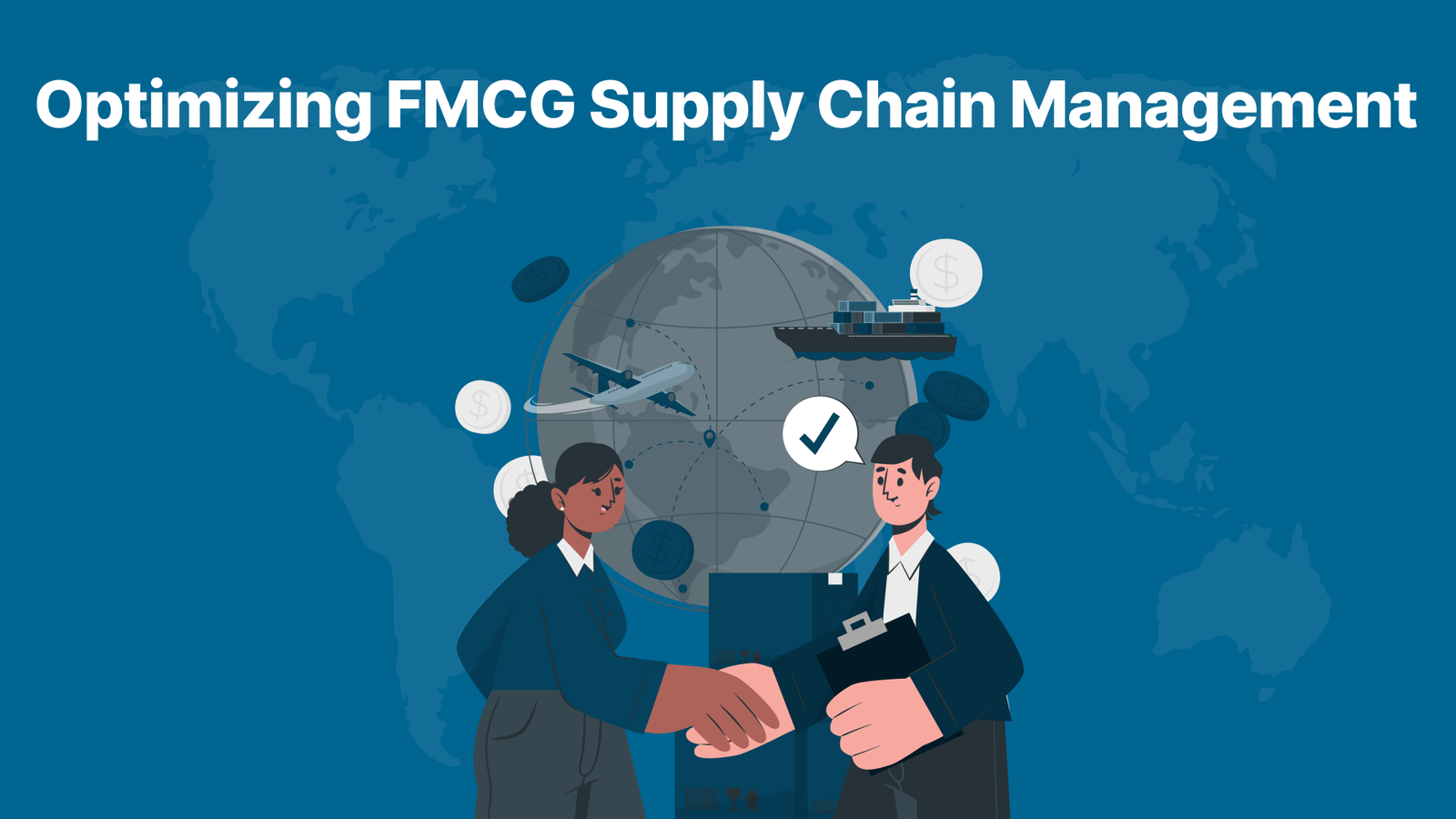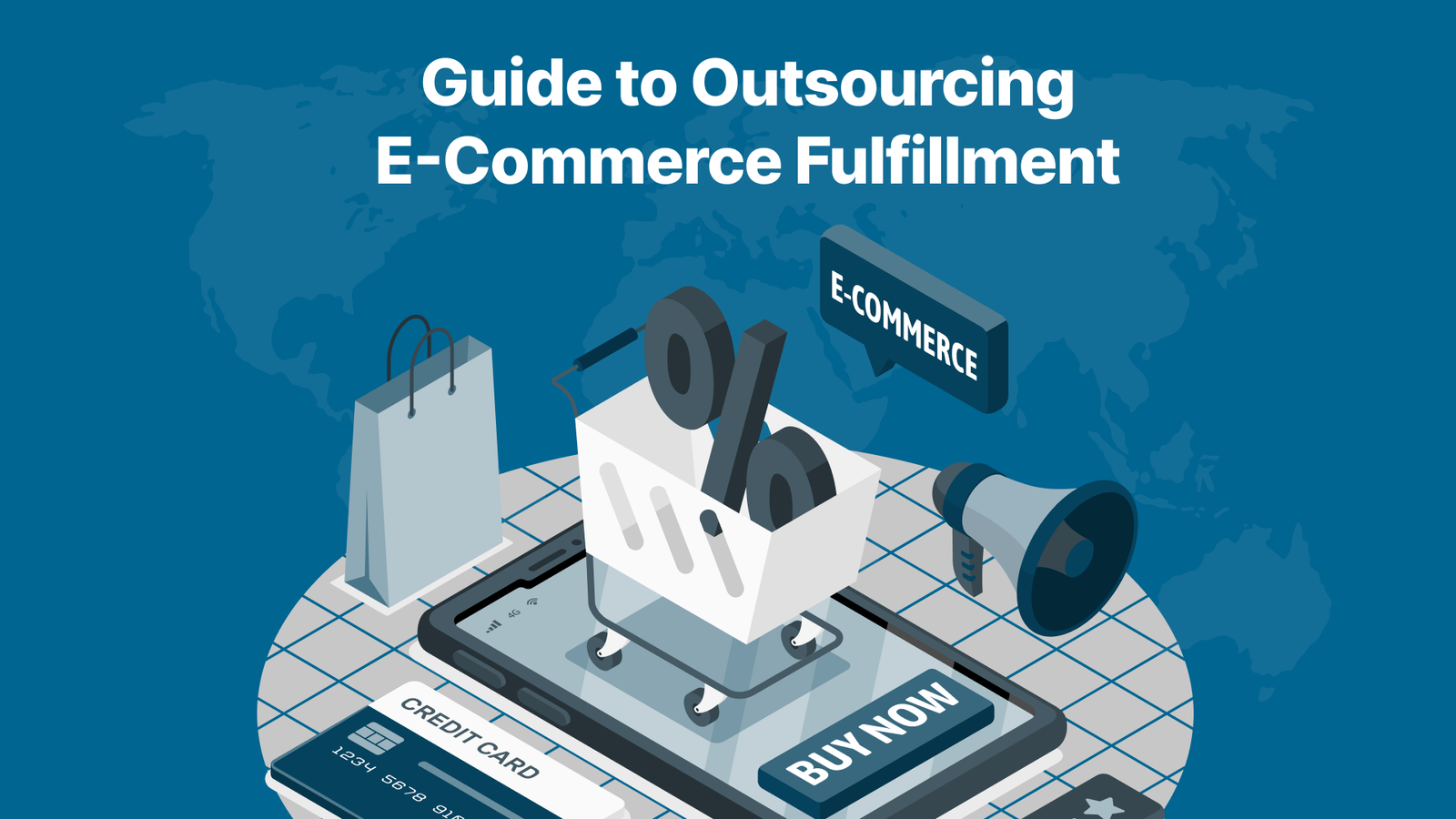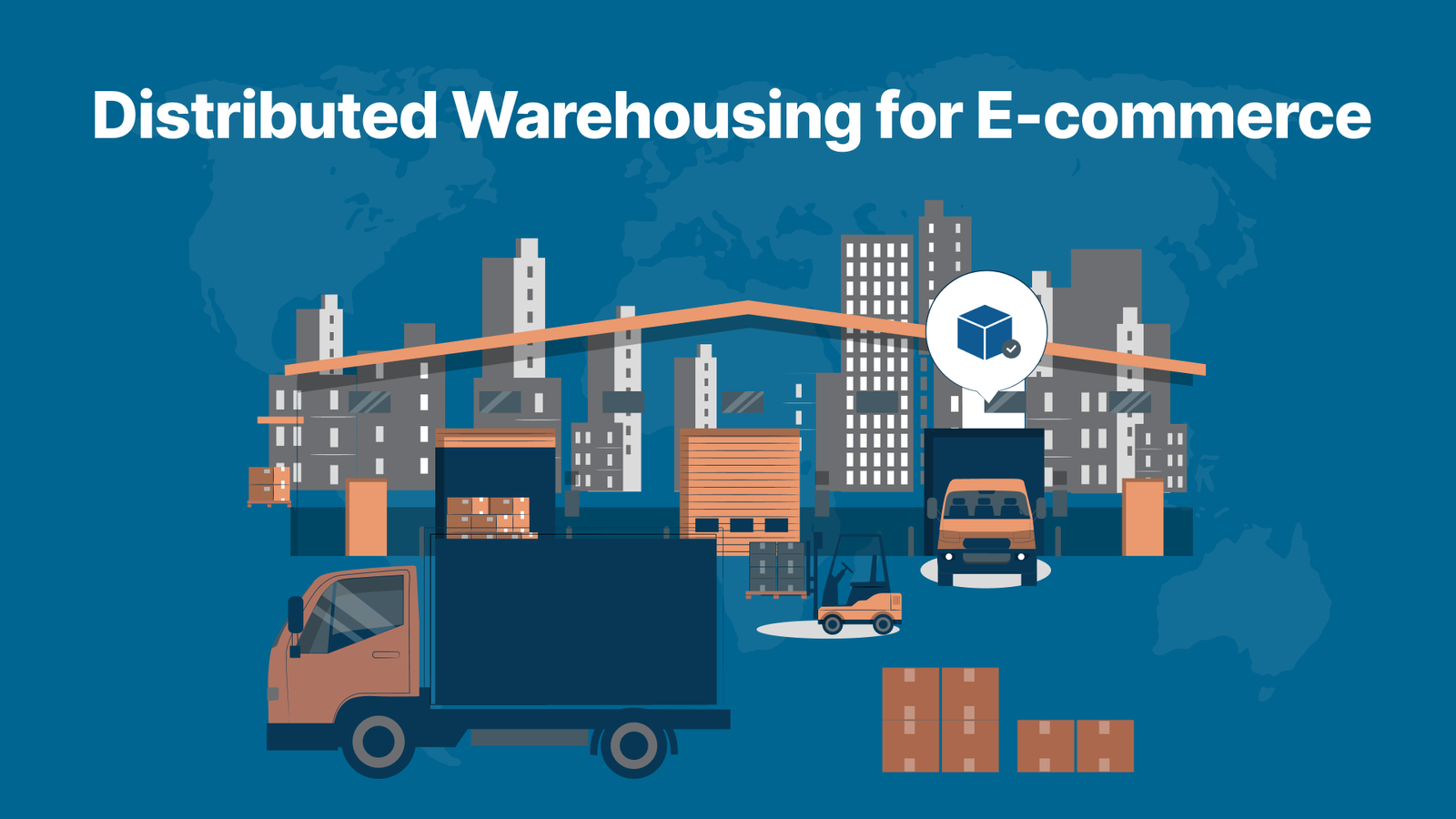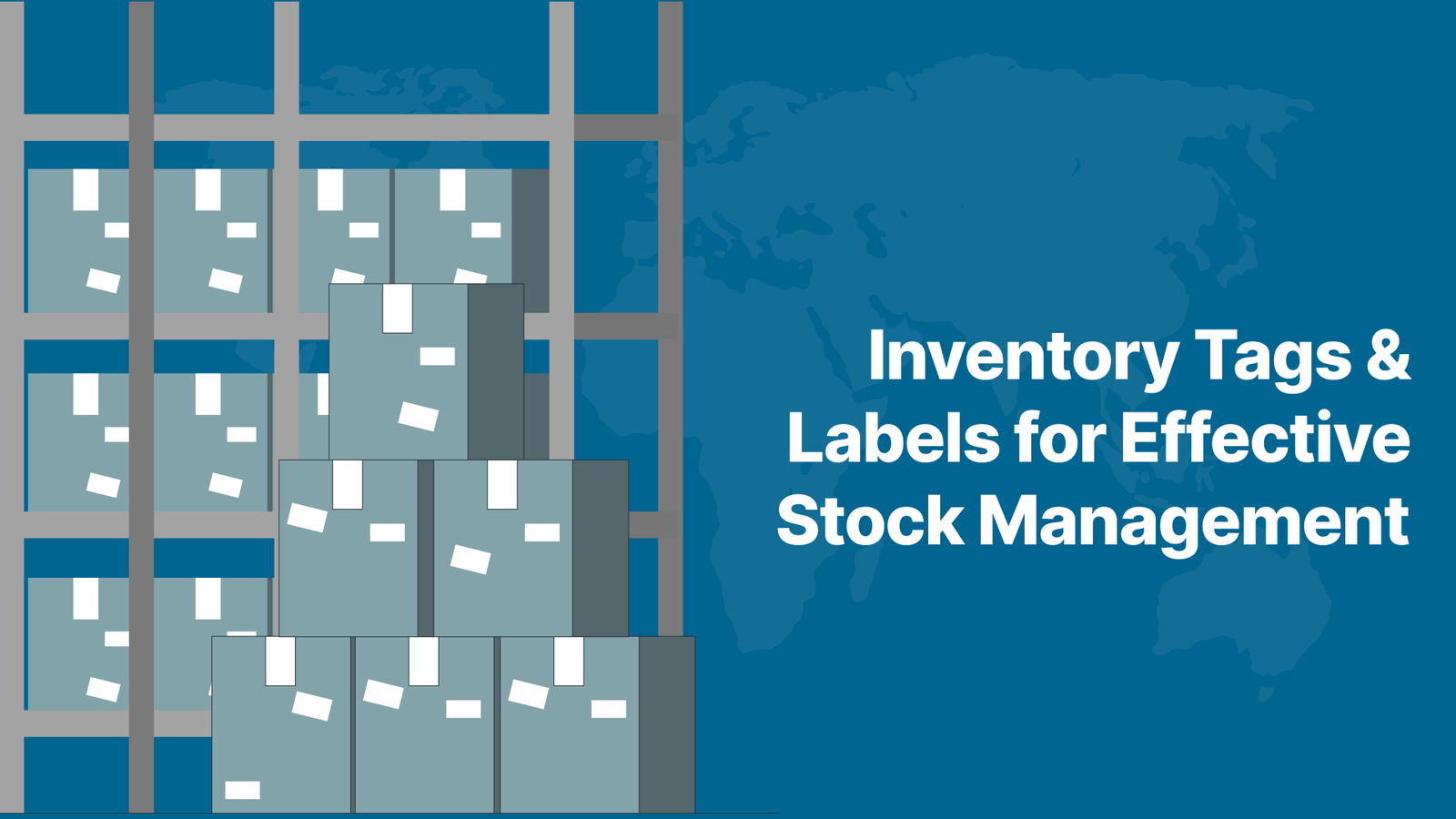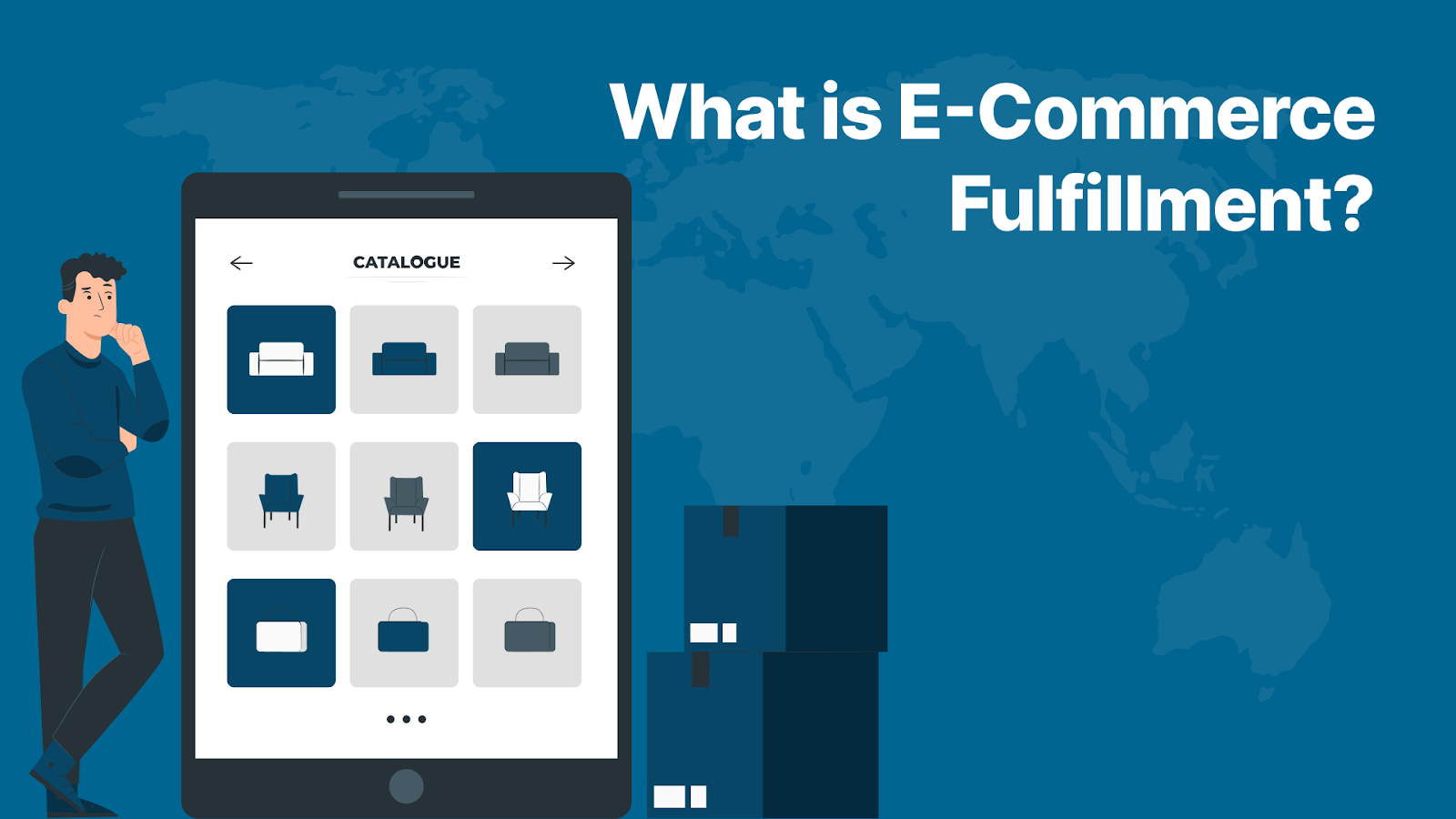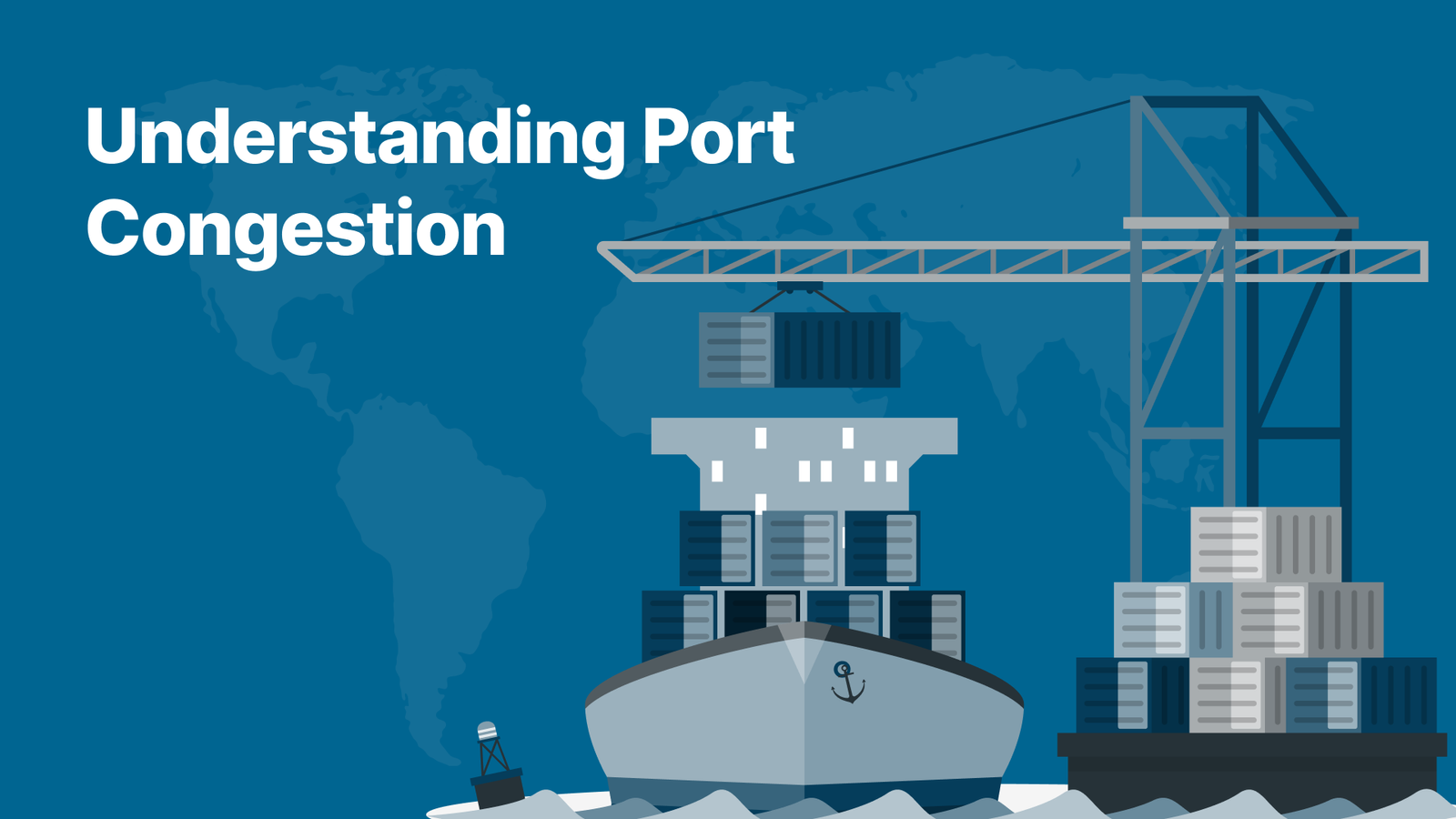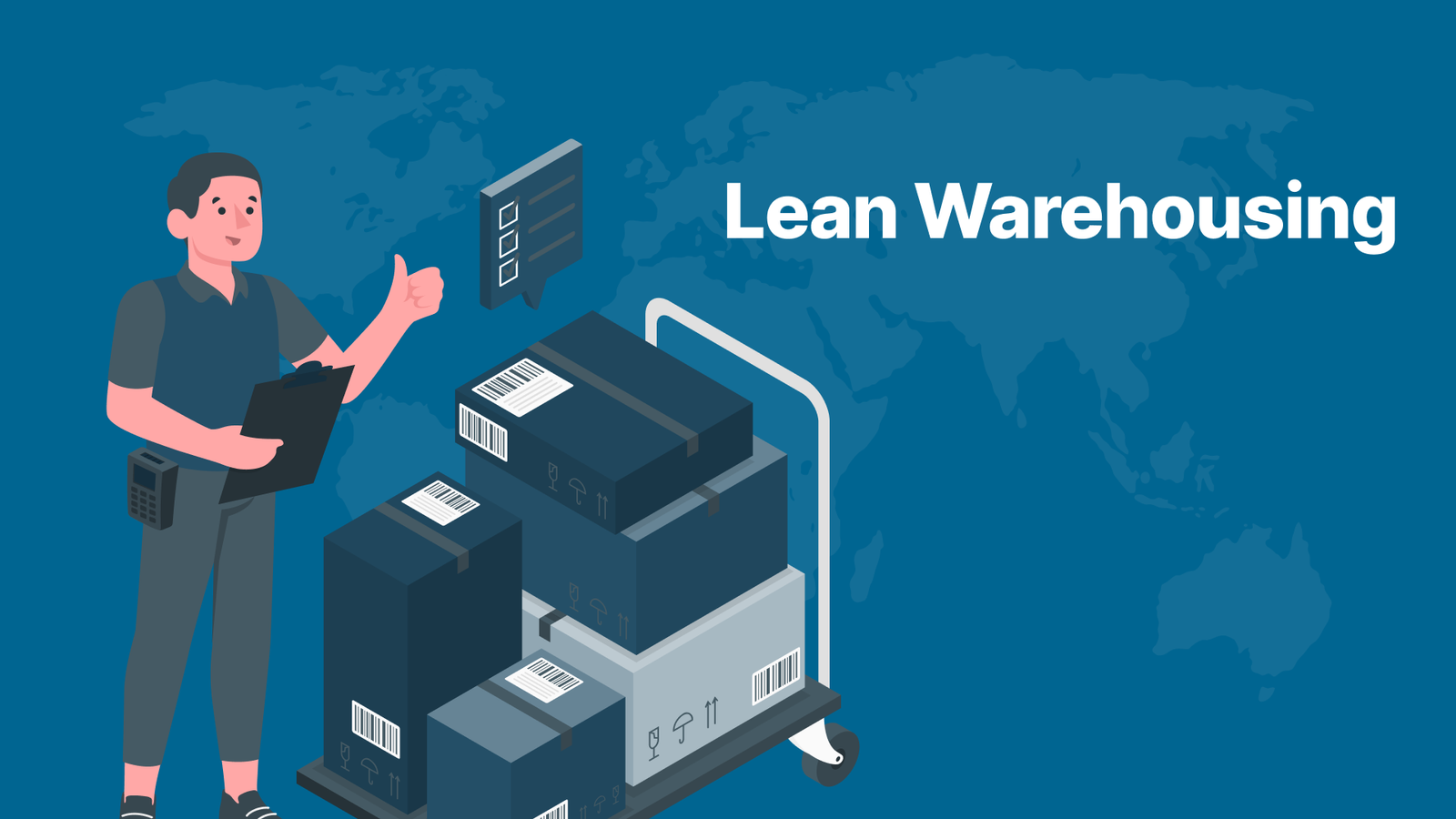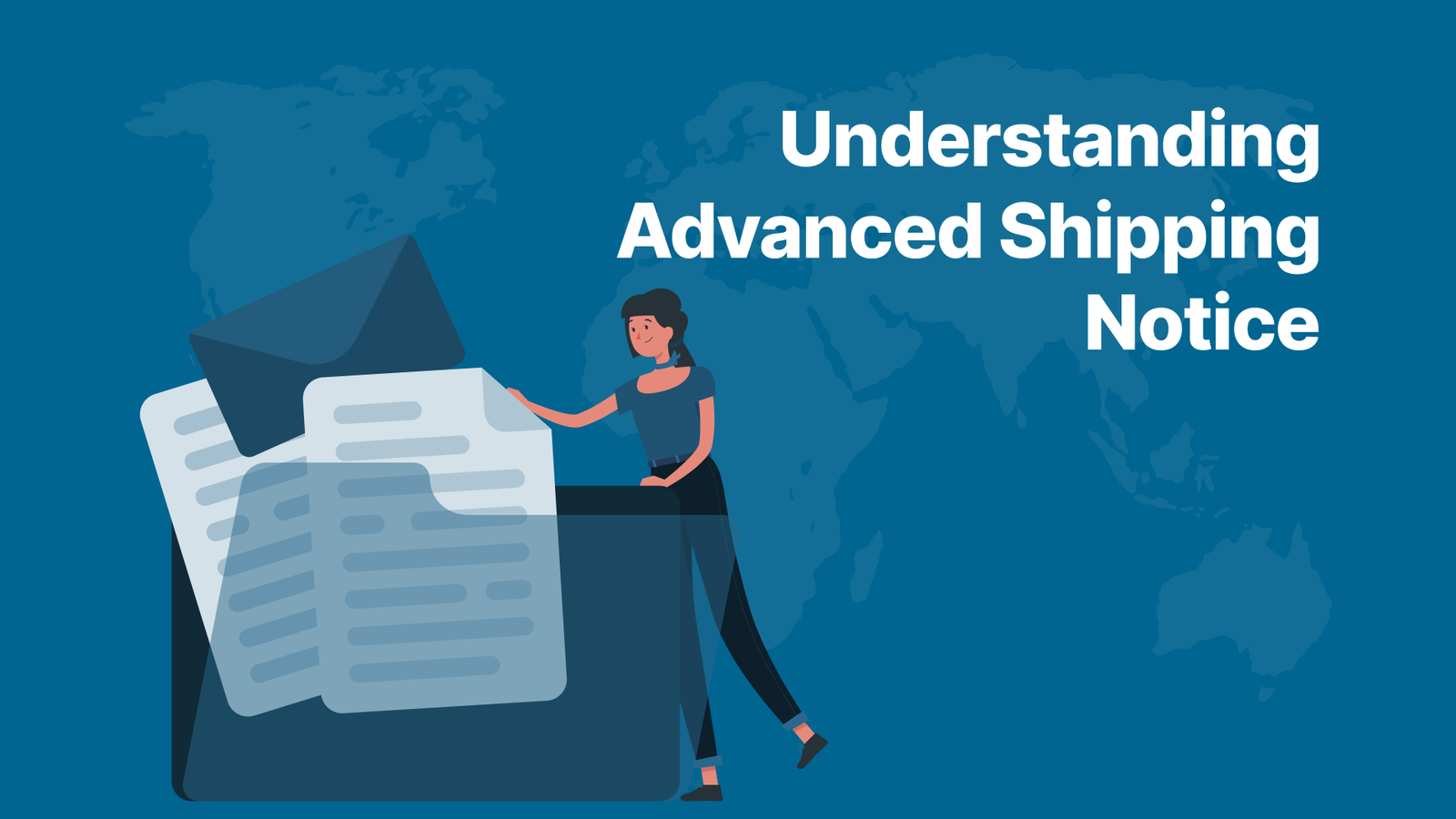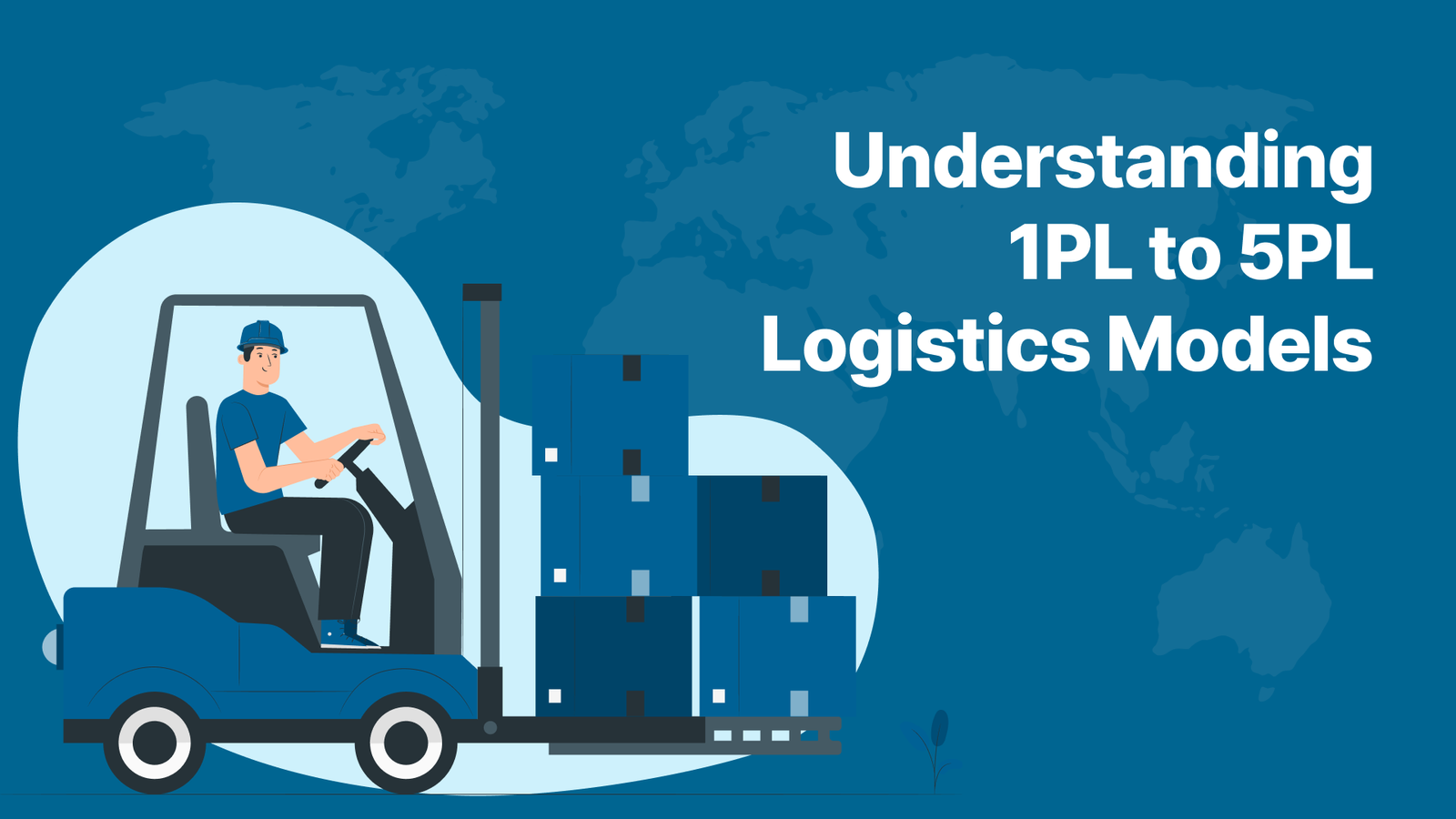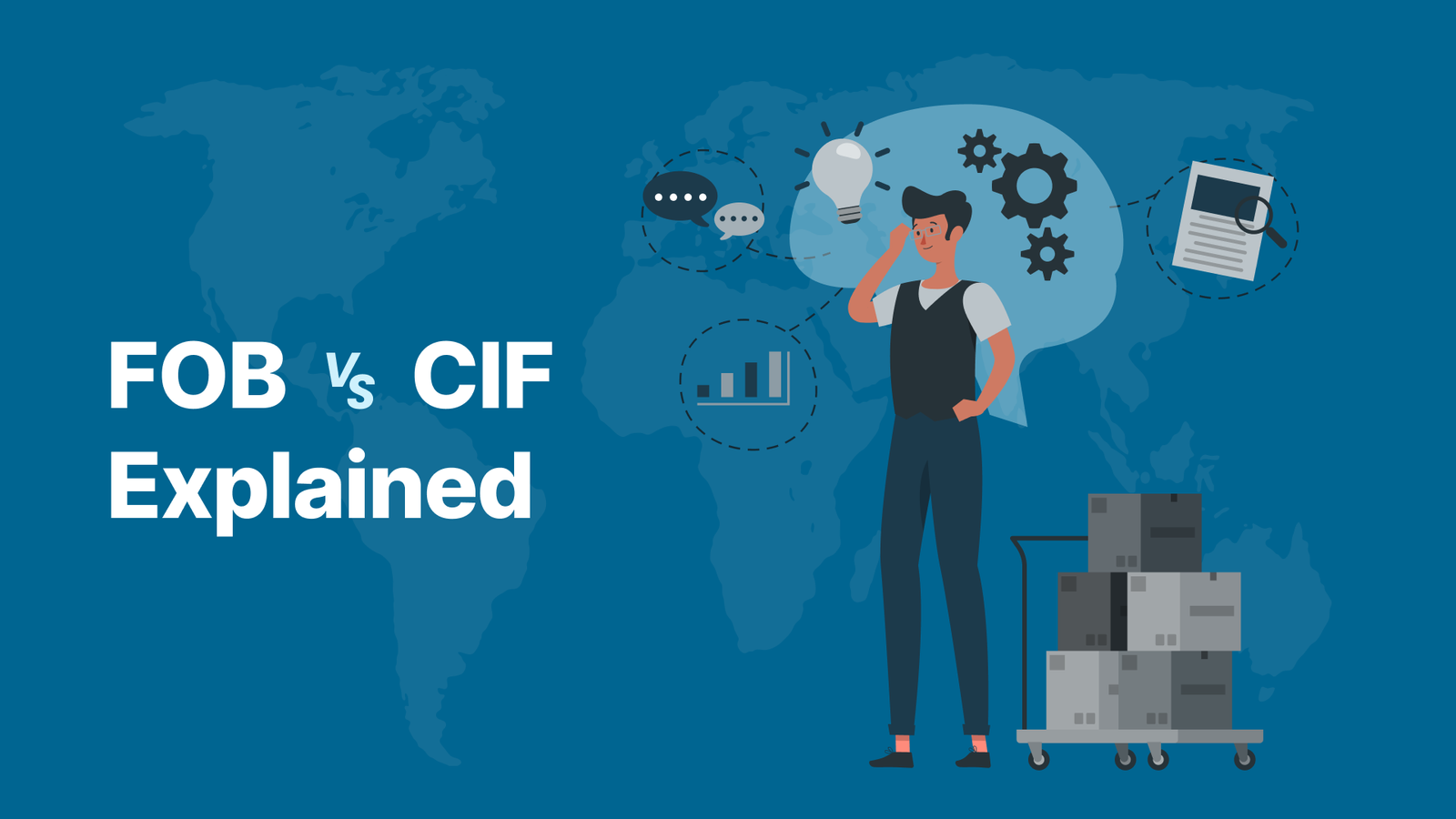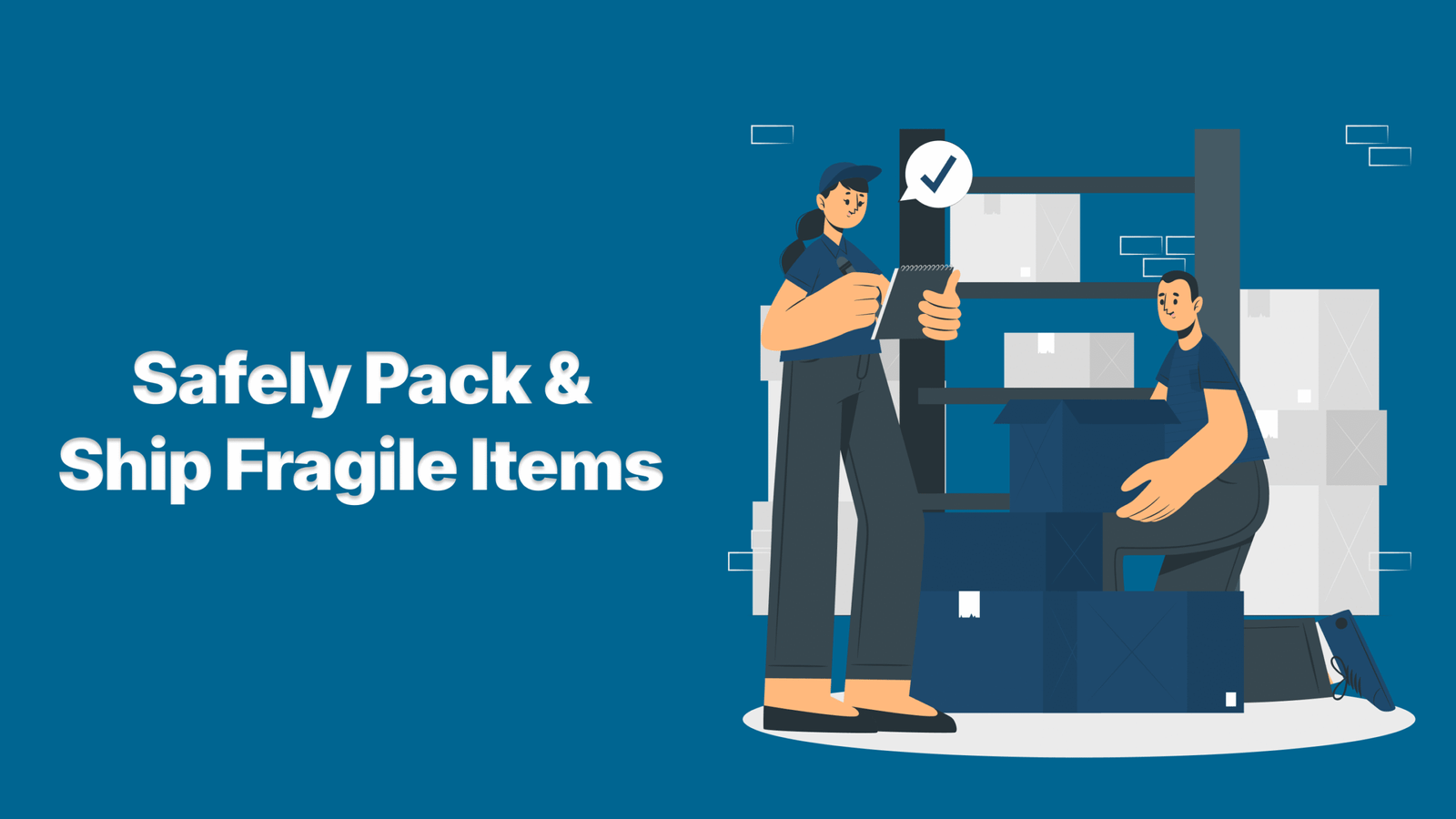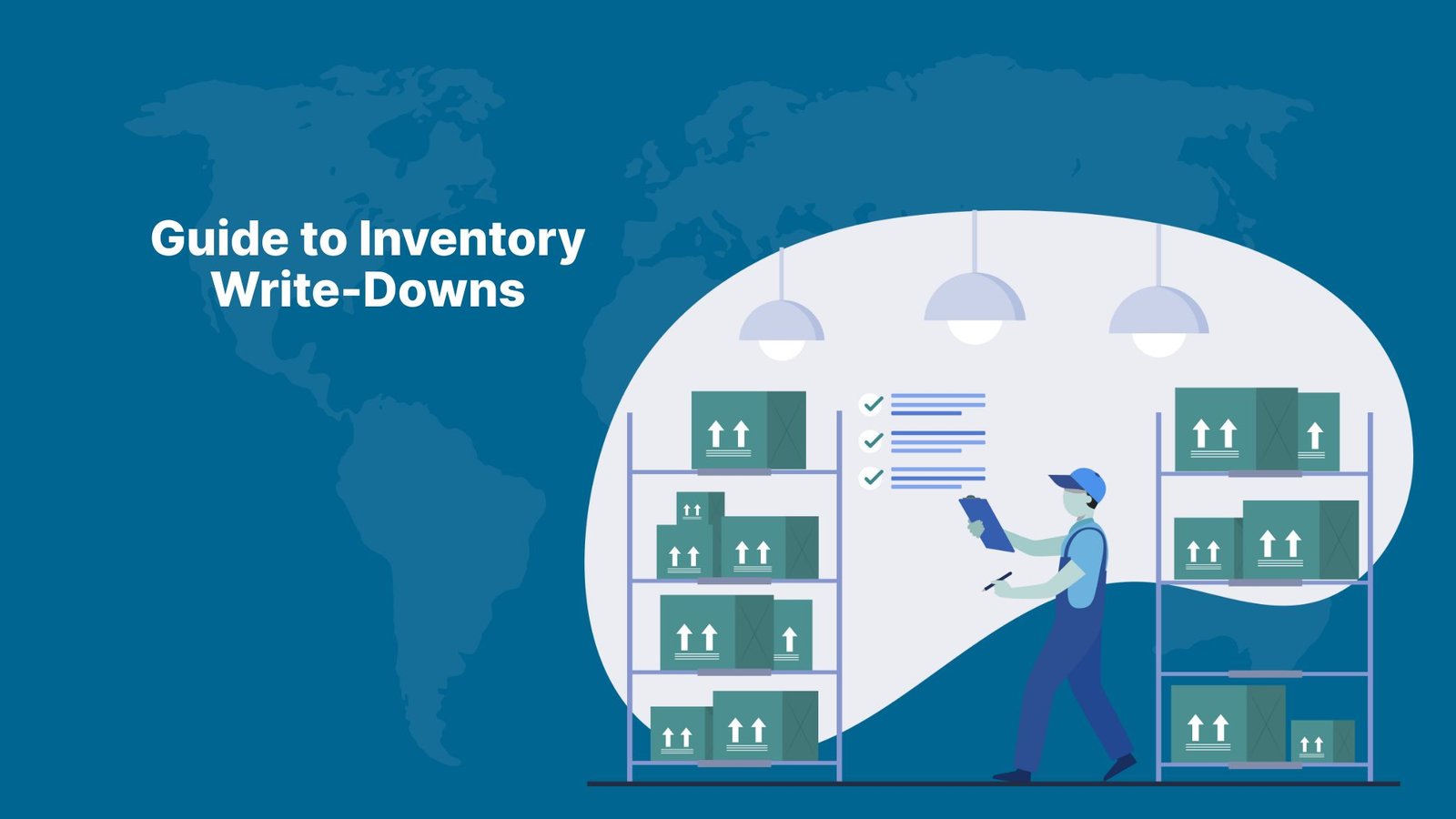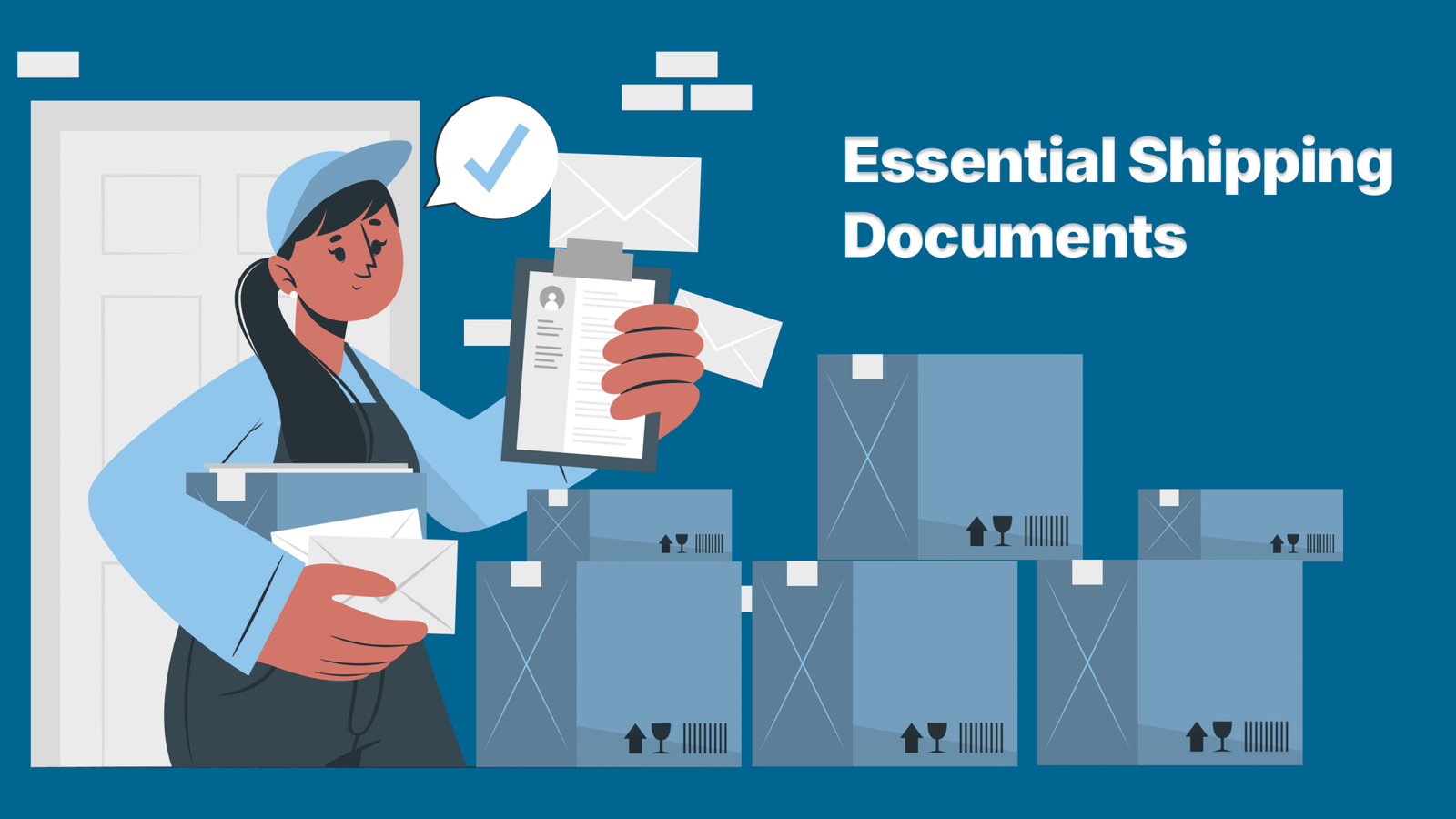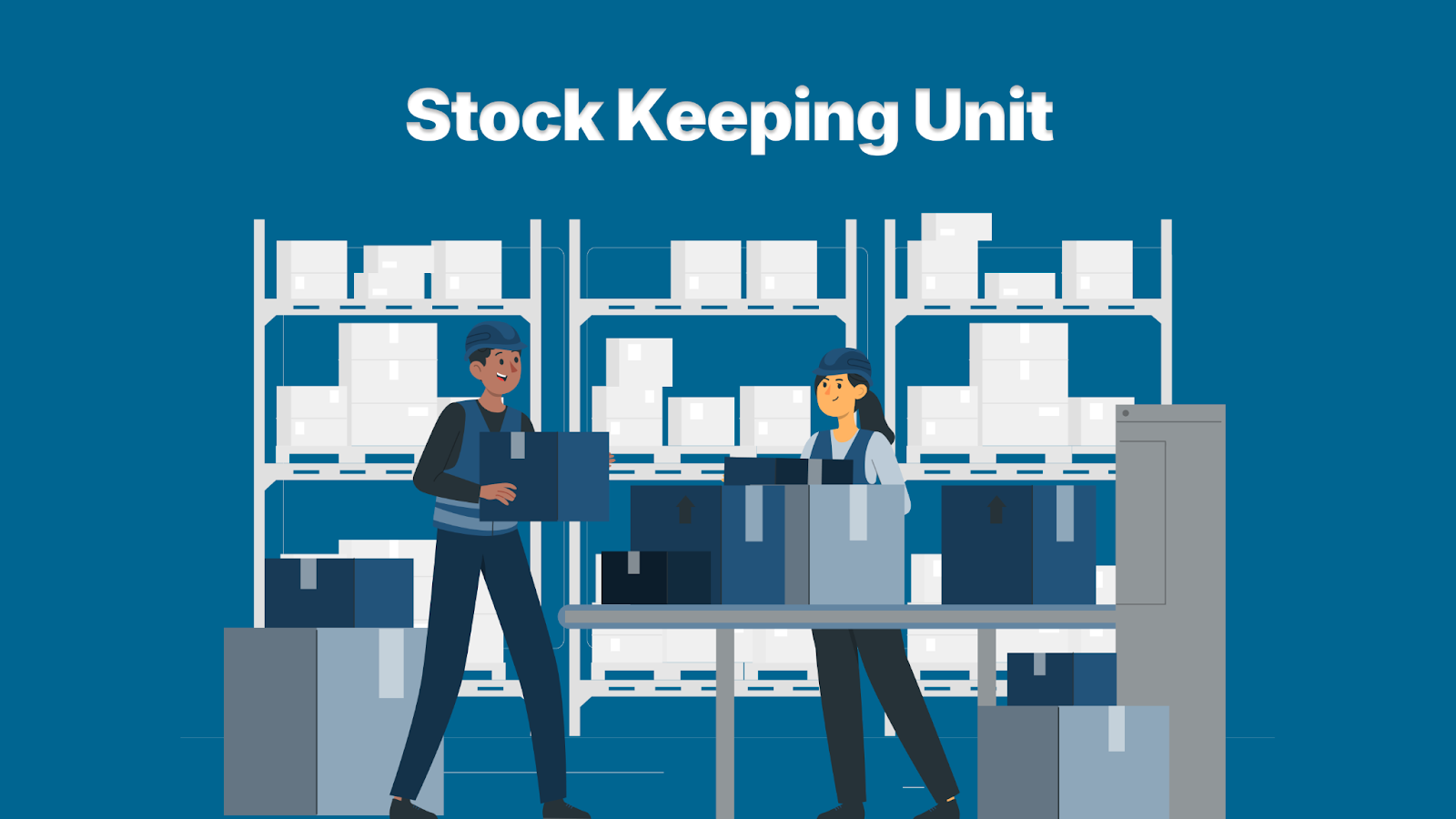Do you know that 67% of consumers report that their online purchasing has increased since the start of the pandemic? As consumers become more accustomed to shopping online, nearly 90% of consumers say authenticity is important when deciding which brands to buy from.
As businesses strive to meet these growing expectations, the need for efficient and reliable fulfillment solutions has never been greater. Timely delivery, transparency, and authenticity now play a critical role in shaping customer loyalty.
In 2025, as customer demands continue to grow, providing fast, accurate, and reliable fulfillment will set your brand apart from the competition. It’s no longer just about getting products to your customers; it’s about doing so with precision and reliability, ensuring every customer feels valued and heard.
This is where 3PL fulfillment steps in, offering the technology, expertise, and efficiency required to meet these growing demands and position your business for long-term success.
In this article, we’ll explore the benefits of 3PL e-Commerce fulfillment and how it can enhance your business’s ability to meet modern consumer demands in 2025.
What is 3PL e-Commerce Fulfillment?
As e-commerce businesses scale, managing the complexities of order fulfillment can become overwhelming. This is where 3PL e-Commerce fulfillment comes in. Simply put, 3PL (third-party logistics) providers handle your business’s logistics and supply chain functions from warehousing to shipping so you can focus on growing your brand.
3PL e-commerce fulfillment enables businesses to outsource the logistics of storing inventory, processing orders, packing, and shipping, which can be particularly valuable for small and medium-sized enterprises (SMEs) seeking to compete with larger players.
By partnering with a 3PL provider, businesses gain access to a network of resources, technology, and expertise, often without incurring the overhead costs associated with managing these operations in-house.
In a competitive e-commerce environment, 3PL fulfillment can help businesses meet customer demands for fast delivery, reduce operational costs, and increase scalability.
Components of 3PL Fulfillment
A successful 3PL partnership involves several key components that work together to ensure your business runs smoothly:
- Warehousing: Your products are stored in strategically located warehouses, often near major transportation hubs, enabling faster processing and shipping. Efficient warehouse management ensures your inventory is properly organized, reducing the risk of stockouts or overstocking.
- Inventory Management: 3PL providers offer advanced inventory tracking systems that enable businesses to monitor stock levels in real-time. These systems help prevent discrepancies, reduce excess inventory, and ensure you always know when it’s time to reorder.
- Picking & Packing: Once an order is placed, 3PL staff pick the correct items from the warehouse and pack them securely. Efficient picking methods, such as batch picking or zone picking, reduce both time and costs. Proper packing ensures your products arrive in perfect condition.
- Shipping: After packing, orders are shipped through the best available carriers, taking into account delivery speed, cost, and destination. Many 3PL providers offer access to discounted shipping rates and can provide various shipping options, including expedited or same-day delivery.
By outsourcing these core functions, businesses can enhance efficiency, minimize errors, and concentrate on what matters most: growing their customer base and expanding their reach.
As e-commerce continues to grow, businesses are realizing the critical role fulfillment plays in their overall success. Now that we’ve covered the basics of 3PL fulfillment, let’s look at why these services are so essential to the modern e-commerce landscape.
Also Read – Understanding Third-Party Logistics (3PL): Definition and Benefits.
Importance of 3PL in e-Commerce Fulfillment
The role of 3PL services has never been more critical in the world of e-commerce. As customer demands grow and businesses face tougher competition, having the right 3PL partner is crucial to staying ahead. Here’s why:
- Improved Customer Experience: Fast and accurate order fulfillment ensures that your customers receive their products on time, which is vital for maintaining customer satisfaction. A single delay or error in shipping can damage your reputation and drive customers to competitors.
- Scalability: 3PL services allow businesses to scale quickly. Whether it’s handling seasonal spikes, offering faster delivery, or expanding to new markets, 3PL partners ensure your business can adapt to demand without compromising quality.
- Flexibility: Outsourcing fulfillment enables businesses to concentrate on their core activities, including marketing, product development, and customer engagement. 3PLs handle the operational side, freeing up time and resources for businesses to focus on growth
- Cost Optimization: By partnering with a 3PL, you can reduce the costs of warehousing, inventory management, and shipping. 3PL providers have established relationships with carriers, enabling them to negotiate more favorable rates and help your business save money.
- Access to Advanced Technology: 3PL providers offer integrated systems that allow real-time tracking, inventory management, and data analytics. This technology enhances operational efficiency and provides you with valuable insights into your business’s performance.
- Global Reach: 3PLs provide the necessary infrastructure to expand into new markets. With their vast networks and expertise, they can help businesses manage international shipping, customs, and compliance smoothly.
- Risk Mitigation: With an experienced 3PL partner, businesses can minimize the risks associated with managing inventory, shipping, and returns. Their expertise ensures smoother operations and fewer errors, reducing the chances of costly mistakes.
A reliable 3PL provider is an invaluable partner, offering support and flexibility that can be crucial to a company’s success. They help your business grow by optimizing logistics, enhancing customer satisfaction, and providing you with the tools to succeed in a competitive market.
To further illustrate the impact of 3PL providers on businesses, let’s examine a few real-world case studies from the Philippines that demonstrate how e-commerce companies have leveraged third-party logistics (3PL) services.
Real-World Examples of 3PL Fulfillment in the Philippines
In the Philippines, 3PL providers have become essential partners for e-commerce businesses looking to optimize operations, scale efficiently, and enhance customer satisfaction.
Here are a few real-world examples demonstrating the positive impact of 3PL fulfillment:
Locad, a cloud-based 3PL provider, plays a vital role in supporting e-commerce businesses across Metro Manila, Cebu, and Davao. With strategically located warehouses, Locad helps companies manage their inventory and order fulfillment processes, ensuring faster delivery times and enabling them to meet the growing demands of consumers for quick and reliable service.
As a prominent player in the Philippine logistics sector, 2GO Group boasts an extensive network of 48 warehouses covering over 132,335 square meters of space. By managing warehousing and shipping operations, 2GO enables businesses to scale quickly, handle seasonal demand fluctuations, and maintain consistent fulfillment practices.
Ninja Van has become a leader in last-mile delivery across Southeast Asia, including the Philippines. By utilizing cutting-edge technology, Ninja Van ensures fast and reliable deliveries, helping businesses reduce lead times and meet the increasing demand for speed and accuracy in the e-commerce sector.
These examples demonstrate the diverse approaches 3PL providers are taking to address the unique challenges of e-commerce fulfillment in the Philippines. Each provider brings its strengths to the table, offering tailored solutions that help businesses scale and meet customer expectations in an increasingly competitive market.
Now, let’s examine how the process works and what steps are involved.
The 3PL e-Commerce Fulfillment Process: How Does It Work?
The 3PL e-Commerce fulfillment process involves several key stages that ensure your products reach customers quickly and efficiently.
Here’s a breakdown of the main steps:
Step 1: Receiving and Storing Inventory
Once your products are delivered to the 3PL’s warehouse, they are checked in and stored in an organized manner. This typically involves sorting items based on product type, size, or demand to maximize space and ensure easy access when orders arrive. This efficient storage ensures faster picking and minimizes the chances of stockouts.
Step 2: Order Processing
When an order is placed on your website, the 3PL’s system automatically receives it and begins processing the order. This can include verifying stock levels, checking customer details, and preparing the order for the next steps. The system often integrates directly with your e-commerce platform to provide real-time order updates.
Step 3: Picking the Products
This step involves gathering the items from their storage locations. Depending on the fulfillment system in place, products may be picked in batches, zones, or waves to ensure efficiency. Advanced systems can optimize this step to reduce time and errors, ensuring that the correct products are selected promptly and accurately.
Step 4: Packing the Orders
After picking, the products are packed according to specific packaging guidelines. 3PL providers can handle custom packaging if needed, such as adding your branding or promotional inserts. Efficient packaging ensures the protection of goods during transit, while keeping shipping costs down and reducing delivery times.
Step 5: Shipping
Once packed, the order is shipped out to the customer. 3PLs typically have partnerships with multiple shipping carriers, offering flexibility in delivery options. Depending on the service, this may include same-day, next-day, or standard shipping. Real-time tracking is often provided to both the business and the customer, ensuring transparency and a smoother customer experience.
Step 6: Returns Management
Handling returns is an essential part of the fulfillment process. A well-managed 3PL will have a smooth process for handling returned goods, inspecting them, and restocking sellable items or processing them for disposal. An efficient returns process helps to maintain inventory accuracy and customer satisfaction.
The 3PL e-Commerce fulfillment process is designed to simplify the complexities of order management and delivery. By utilizing 3PL services, businesses can concentrate on scaling their operations and improving the customer experience, while entrusting logistics and fulfillment to trusted experts.
Understanding the various types of 3PL providers is essential for selecting the ideal partner for your business. Each type offers distinct services and benefits tailored to various business needs.
Types of 3PL Providers
Selecting the right 3PL provider is essential for ensuring smooth logistics and fulfillment in your e-commerce business. Different types of 3PLs cater to specific business requirements, whether you’re a growing startup or a large enterprise.
Here are the four main types of 3PL providers:
- Standard 3PL Providers
These providers handle basic logistics operations such as storage, picking, packing, and shipping. They are an excellent choice for businesses that require fundamental support without advanced features.
Example: A small clothing brand might utilize a standard 3PL to manage inventory and ship products directly to customers, without requiring advanced features such as complex returns management.
Best For: Small businesses or startups with simple logistics needs.
- Service-Driven 3PL Providers
These providers go beyond basic logistics, offering additional services such as cross-docking, packaging, or custom order management. They may also provide IT solutions for better inventory tracking and management.
Example: A cosmetics brand could use a service-driven 3PL to manage both the storage and packaging of its products, ensuring that every order is beautifully packaged with specific instructions.
Best for: Businesses seeking more than just basic warehousing and shipping.
- Customer-Oriented 3PL Providers
These providers are highly customizable, tailoring their services to the specific needs of each client. They often integrate deeply with the client’s systems, offering a more hands-on approach to order fulfillment.
Example: An electronics retailer might choose a customer-oriented 3PL to manage its specific packaging requirements, handle fragile products, and ensure safe and secure shipping.
Best For: Businesses that need flexible, tailored services and have unique logistics challenges.
- Lead Logistics Providers (LLP)
LLPs manage all aspects of the supply chain, from warehousing to transportation, and even third-party logistics (3PLs). They offer a higher level of integration and efficiency, often taking over strategic management of the entire logistics network.
Example: A large retailer expanding globally might use an LLP to oversee all its logistics operations, including 3PL partnerships, warehouse management, and transportation optimization across multiple countries.
Best for: Large enterprises or businesses with complex, multinational operations that require end-to-end logistics management.
Each type of 3PL offers distinct advantages, so it is essential to select one that aligns with your business’s specific needs and growth plans.
While choosing the right 3PL partner is essential, it’s equally important to weigh the advantages and disadvantages of 3PL fulfillment. Understanding both sides of the equation will help you make an informed decision for your business.
Advantages and Disadvantages of 3PL Fulfillment
When considering 3PL fulfillment, businesses must evaluate both the benefits and potential drawbacks that come with outsourcing logistics.
Here’s a closer look at the key advantages and disadvantages:
Advantages
- Cost Savings:
Outsourcing to a 3PL provider can significantly reduce overhead costs, including warehouse space, labor, and transportation. With 3PL, businesses only pay for the services they use, making it a more cost-efficient option. - Efficiency and Speed:
3PL providers have optimized their systems and processes for order fulfillment, resulting in faster order processing, fewer errors, and quicker shipping times. This results in improved customer satisfaction and higher retention rates. - Focus on Core Operations:
By outsourcing logistics, businesses can focus on their core competencies, such as product development, marketing, and customer engagement, while leaving the complexities of warehousing and shipping to experts.
Disadvantages
- Loss of Control:
Outsourcing fulfillment means relinquishing some control over inventory management and the shipping process. Businesses may not always have real-time visibility, which can lead to challenges in managing stock and handling order issues promptly. - Potential Hidden Costs:
While 3PL can reduce capital investment, businesses may encounter additional hidden costs such as onboarding fees, storage fees, and shipping surcharges. These fees can add up quickly, impacting the expected cost savings. - Dependence on Partner:
Partnering with a 3PL means depending on their performance. If the 3PL fails to meet service standards, it can result in delays, errors, and damage to your reputation, ultimately impacting customer satisfaction and overall business performance.
In conclusion, 3PL fulfillment offers significant advantages in terms of cost savings, efficiency, and the ability to focus on core business activities. Careful consideration of both sides will help businesses make informed decisions about whether to integrate 3PL into their operations.
Now that we’ve explored the pros and cons of 3PL fulfillment, let’s dive into how you can choose the right 3PL provider that aligns with your business needs.
How to Choose the Right 3PL Provider?
Choosing the right 3PL provider is a crucial decision that can significantly impact your business’s efficiency and growth. The ideal provider should not only offer cost-effective solutions but also support your unique business needs. Here’s how to evaluate potential partners:
1. Understand Your Business Needs
Before selecting a 3PL provider, take a deep look at your business requirements. What type of products do you sell? Are your items large or delicate? Do you have high seasonal demand? The more specific your needs, the better equipped you’ll be to identify a provider who can handle them efficiently.
2. Evaluate Capabilities and Services
Consider the full spectrum of services offered by the 3PL provider. Does the provider handle warehousing, inventory management, packaging, and returns? Ensure that the services provided align with your business model and future growth plans. Inquire about their scalability and ability to manage fluctuations in order volume.
3. Technology and Integration
A 3PL provider with a robust technology platform is essential for ensuring smooth operations. Look for providers that offer real-time tracking, automated inventory management, and seamless integration with your e-commerce platform. Efficient technology minimizes errors and improves order visibility.
4. Location and Network
Consider the location of the 3PL’s warehouses and whether they can efficiently serve your customer base. If you have customers across multiple regions or countries, consider selecting a provider with a broad network of fulfillment centers. This reduces shipping times and costs.
5. Customer Service and Support
Your 3PL partner should offer responsive and reliable customer support. The ability to communicate quickly and resolve issues is vital, especially when handling time-sensitive orders. Look for a provider that values transparency and offers regular reporting to keep you informed about the progress of your orders.
6. Cost Structure
Examine the provider’s cost structure closely. Ensure that the pricing is transparent and that there are no hidden fees. Compare the cost of services based on volume, storage fees, shipping rates, and order processing. Remember, the cheapest option may not always be the best if it doesn’t meet your service expectations.
7. Reputation and Reviews
Finally, research the reputation of the 3PL provider. Look for reviews, testimonials, and case studies from businesses similar to yours. A reputable 3PL provider should have a proven track record of delivering accurate, on-time shipments and providing excellent customer service.
Selecting the right 3PL provider is a strategic decision that can significantly impact your business’s efficiency, scalability, and customer satisfaction. While selecting the right 3PL provider is crucial for smooth operations, it is equally important to understand the challenges associated with 3PL e-Commerce fulfillment.
Let’s examine some of the key challenges businesses encounter during this process.
Challenges in 3PL e-Commerce Fulfillment
While 3PL services can offer substantial benefits, several challenges need to be addressed for businesses to ensure smooth operations and successful partnerships. Understanding these challenges will help you better prepare for potential obstacles in your fulfillment journey.
1. Communication and Coordination Issues
Effective communication between you and your 3PL provider is crucial. Delays in information exchange can lead to misunderstandings regarding inventory levels, order status, and shipping timelines. Lack of synchronization between systems can lead to errors, customer dissatisfaction, and increased operational costs.
2. Hidden Fees and Costs
While 3PL providers can offer cost savings, businesses must be aware of potential hidden fees that may be incurred. These can include extra charges for packaging, picking, storage, and shipping, especially during peak seasons. Ensuring transparency in the cost structure and having a clear understanding of all potential fees is crucial to avoid unexpected expenses.
3. Loss of Control Over Fulfillment
Outsourcing fulfillment to a 3PL means relinquishing control over certain aspects of your operations. Issues such as damaged goods, inventory mismanagement, or shipping delays can have a direct impact on your brand’s reputation. Monitoring performance and ensuring that the 3PL provider adheres to your standards is critical.
4. Scalability Challenges
As your business grows, so do your fulfillment needs. A 3PL provider that works well for a small business may not be equipped to handle larger volumes or more complex order processing. It’s essential to assess whether your 3PL provider can scale with your business to meet increased demand and adapt to changes as needed.
5. Integration with Your Systems
Your e-Commerce platform, inventory management system, and the 3PL provider’s system must be integrated for smooth operations. Lack of proper integration can lead to data discrepancies, delayed orders, and missed opportunities for process optimization. Selecting a 3PL with robust technological capabilities and easy integration options is crucial to avoid these pitfalls.
6. Managing Returns and Reverse Logistics
Handling returns is one of the most challenging aspects of e-commerce fulfillment. A well-organized returns process is essential to maintaining customer satisfaction. Some 3PL providers may struggle with efficiently managing returns, which can lead to delays and lost revenue. It’s essential to assess how your 3PL partner manages reverse logistics to prevent these issues.
7. Customer Experience and Expectations
One of the biggest challenges of 3PL fulfillment is ensuring that the provider meets the expectations of your customers. Customers demand fast, accurate, and affordable delivery. Any missteps, such as late deliveries or incorrect orders, can result in negative reviews, reduced customer loyalty, and lost sales.
While 3PL services offer numerous advantages, Inspire Solutions Asia ensures that businesses can effectively handle potential challenges. By partnering with a trusted provider like Inspire Solutions Asia, you gain access to smooth operations, transparent communication, and a commitment to efficiently meeting your business and customer needs.
Future Trends in 3PL Fulfillment
As e-commerce continues to grow, 3PL fulfillment services are growing to meet new challenges and expectations. By adopting new technologies and practices, businesses can optimize their fulfillment processes and enhance customer satisfaction. Here are the key trends shaping the future of 3PL fulfillment:
- Automation and Robotics
The use of automation and robotics is transforming fulfillment operations. Robots are increasingly used for picking, packing, and sorting orders, which boosts speed, accuracy, and efficiency. With automation, businesses can handle higher order volumes while minimizing human errors, ensuring timely deliveries, and improved customer satisfaction.
- Artificial Intelligence (AI)
Artificial intelligence (AI) is enhancing the accuracy of demand forecasting and inventory management. By analyzing large datasets, AI systems can more accurately predict customer needs and optimize stock levels. This helps businesses avoid stockouts and overstocking, ensuring that inventory is aligned with demand and reducing costs.
- Green Logistics
Sustainability is becoming a major priority for businesses and consumers alike. In response, 3PL providers are adopting greener logistics practices, including the use of electric delivery vehicles and eco-friendly packaging. These practices not only reduce the environmental impact but also appeal to environmentally conscious consumers who prioritize sustainable brands.
- Omnichannel Fulfillment
With more businesses selling through multiple platforms, integrating these channels is essential for efficient fulfillment. Omnichannel fulfillment enables businesses to efficiently process and deliver orders from both online stores and physical locations. By connecting all sales channels, companies can manage inventory effectively and provide customers with consistent service, regardless of the hop.
These trends demonstrate how 3PL fulfillment is evolving to meet the evolving demands of the e-commerce industry. By embracing these advancements, businesses can enhance their operations, lower costs, and provide better service to their customers.
Why Choose Inspire Solutions Asia for Your 3PL e-Commerce Fulfillment?
At Inspire Solutions Asia, we provide a comprehensive suite of services to manage your e-commerce fulfillment process. Whether you’re a startup or an established online retailer, our services are designed to optimize every aspect of your operations, helping you save time, reduce costs, and enhance customer satisfaction.
Our Key Services in 3PL e-Commerce Fulfillment
- Secure Warehousing
We offer reliable storage solutions, ensuring your inventory is safe, organized, and ready for fulfillment. Our state-of-the-art warehouses are equipped to handle a wide range of product types, ensuring that your stock is always well-organized and managed. - Order Fulfillment
From picking to packing and timely delivery, we manage your orders with precision and care. Our efficient processes ensure that your customers receive their products quickly and in perfect condition, which enhances satisfaction and fosters loyalty. - Flexible Payment Options
We recognize that flexibility is essential for both businesses and their customers. That’s why we offer Cash on Delivery (COD) as a payment option, with quick and secure remittances to keep your cash flow smooth and uninterrupted. - Inventory Management
With real-time tracking and insights, we help you stay on top of your inventory. Our advanced inventory management system ensures that you can replenish stock at the optimal time, preventing both shortages and overstocking. - Efficient Returns Management
Returns are an inevitable part of the e-commerce landscape. We simplify the returns process, handling returns and exchanges efficiently, ensuring that your customers are satisfied and your business remains operational. - Optimized Shipping Solutions
With our network of integrated logistics partners, we help you secure the best shipping rates, ensuring cost-effective and timely deliveries to your customers, whether within the Philippines or abroad.
Why Partner with Inspire Solutions Asia?
- Comprehensive Services: From warehousing and inventory management to order fulfillment and returns handling, we cover all aspects of e-commerce logistics, providing a smooth experience for you and your customers.
- Smooth Integration: We integrate with major e-commerce platforms, including Shopify, Lazada, and Shopee, to simplify order management across multiple channels.
- Focus on Customer Satisfaction: Our services are designed to enhance the overall customer experience, from expedited delivery to easy returns and exchanges. We understand the importance of meeting customer expectations, and we are dedicated to helping you achieve this goal.
- Scalable Solutions: Whether you’re growing rapidly or need flexible options to scale, our fulfillment solutions can adapt to your business needs, helping you manage increased demand without hassle.
Get Started Today
Ready to take your e-Commerce business to the next level? Get a Quote Today and discover how our 3PL e-Commerce fulfillment services can manage your operations, reduce costs, and improve your customers’ experience.
Conclusion
Managing the complexities of e-commerce fulfillment can be overwhelming, but with the right partner, it becomes a smooth process. By selecting the proper third-party logistics (3PL) provider, you can lower costs, enhance efficiency, and concentrate on what truly matters: growing your business.
At Inspire Solutions Asia, we recognize that every e-commerce business faces unique challenges. That’s why we offer tailored solutions designed to manage operations, enhance customer experiences, and help you scale efficiently.
From secure warehousing and optimized shipping to flexible payment options and comprehensive inventory management, we handle the logistics so you can focus on expanding your reach.
Schedule a Meeting Today and start transforming your fulfillment process! Let us guide you toward smoother, more efficient operations that will not only meet but exceed your customers’ expectations.

